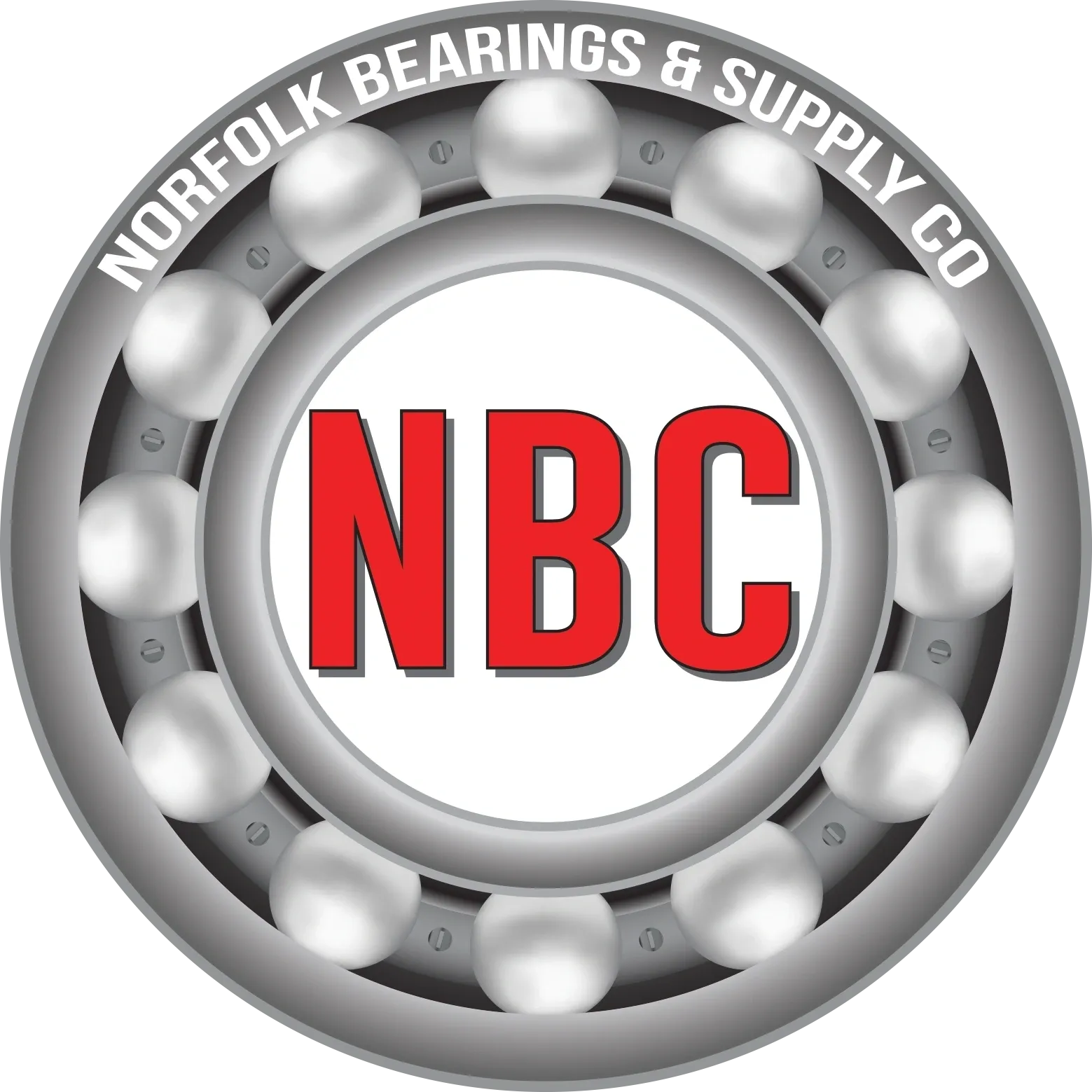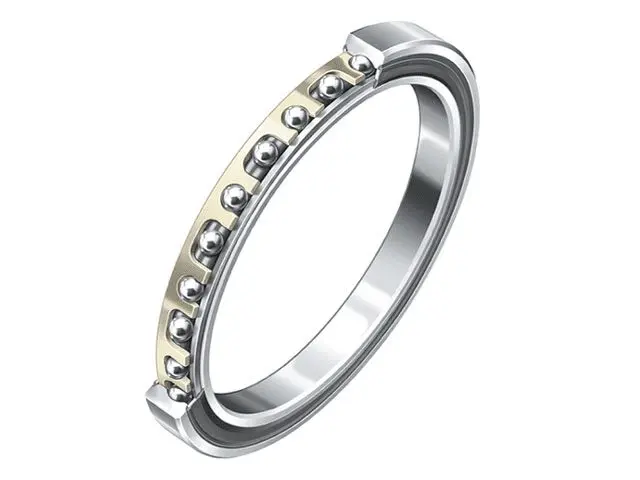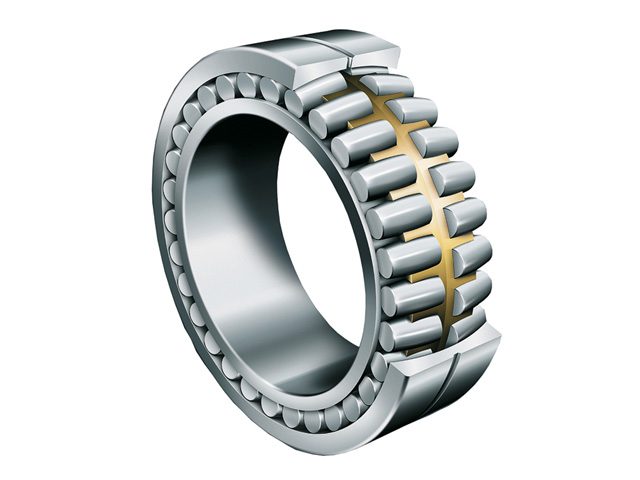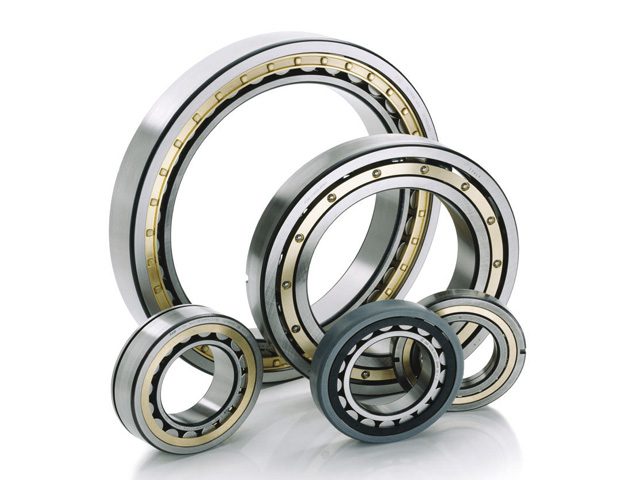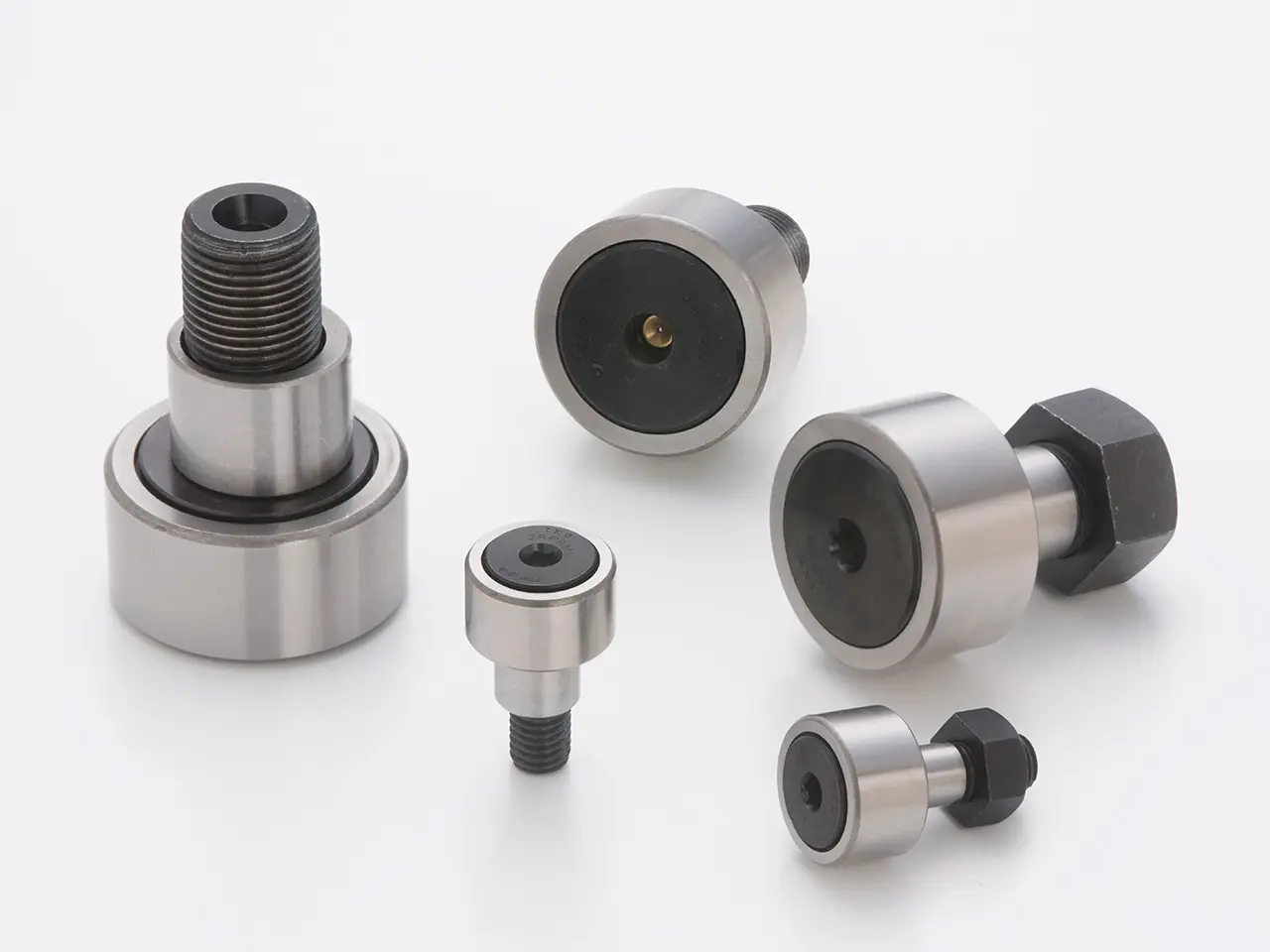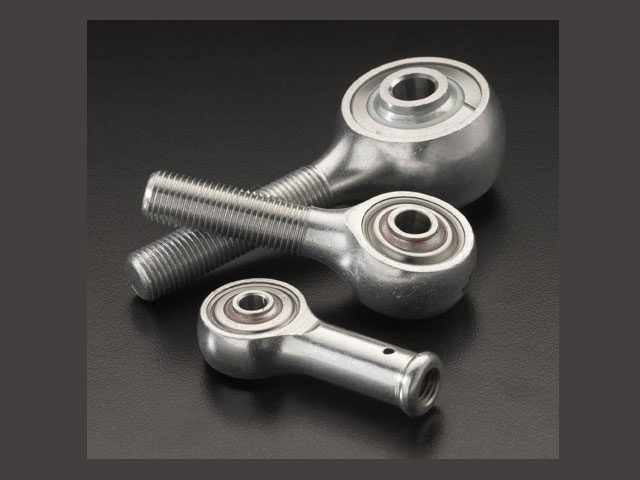Our Ball and Roller Bearing Options

SELF-ALIGNING BALL
Self-aligning ball bearings have two rows of balls with a common sphered raceway in the outer ring. This feature gives the bearings their self-aligning property, permitting angular misalignment of the shaft relative to the housing. Therefore, they are particularly suitable for applications where misalignment can arise from errors in mounting or from shaft deflection. For applications where the load-carrying capacity of self-aligning ball bearings is insufficient, spherical roller bearings, which have the same self-aligning property, should be used instead.
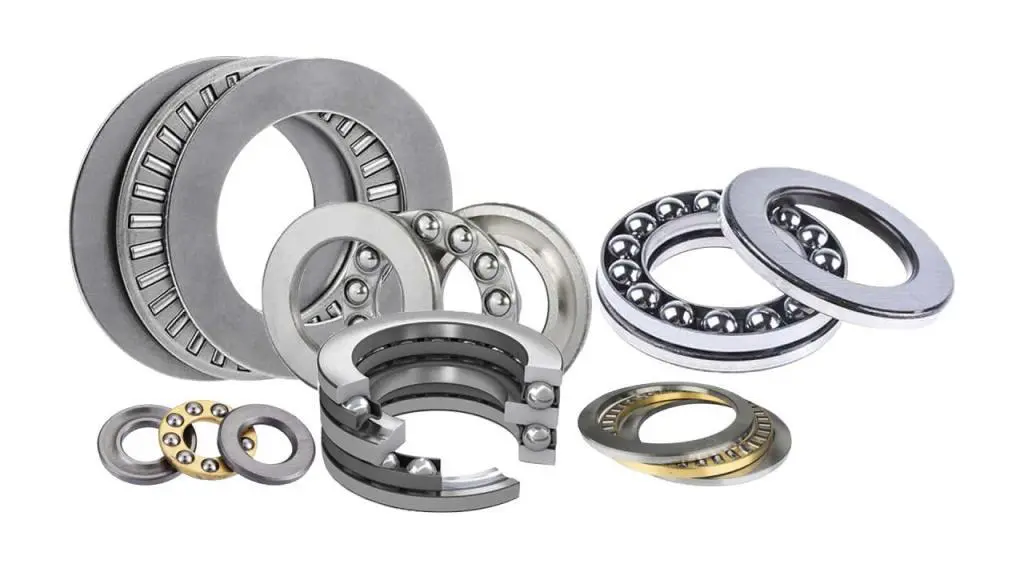
THRUST
Thrust bearings are available in ball and roller types. The thrust ball bearings are manufactured in single-direction and double-direction designs and are specifically designed for applications in which there is no radial load. The spherical roller thrust bearings are capable of handling shaft misalignment, very heavy axial loads, small radial loads, and relatively high speeds.
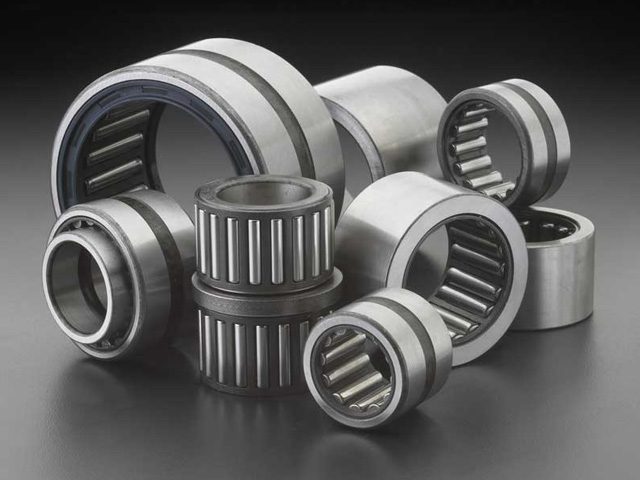
NEEDLE ROLLER
Needle roller bearings are roller bearings with cylindrical rollers, which are thin and long in relation to their diameter. In spite of their low cross section, the bearings have a high load-carrying capacity and are thus eminently suitable for bearing arrangements where radial space is limited. There are many different types of needle roller bearings, including drawn cup needle roller bearings with open ends and closed ends and needle roller bearings with and without inner rings. Machined Type Needle Bearings Catalog.
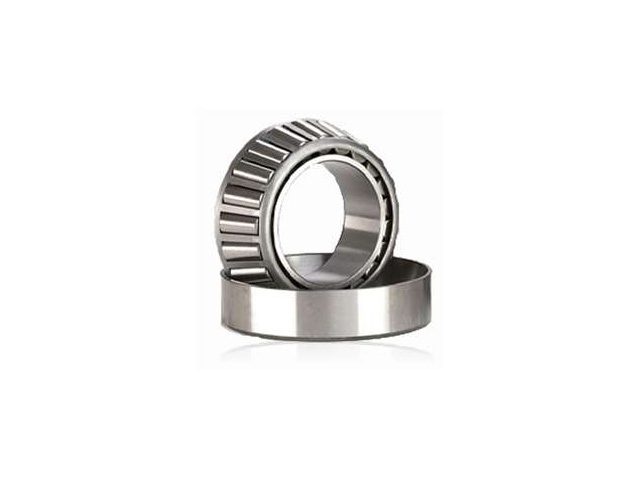
TAPER ROLLER
Taper roller bearings have tapered inner and outer ring raceways between which tapered rollers are arranged. Their design makes taper roller bearings particularly suitable for the accommodation of combined (radial and axial) loads. Taper roller bearings are generally of separable design; for example, the inner ring with roller and cage assembly forms a unit that can be mounted separately from the outer ring. Taper roller bearings are offered any many arrangements, from the most prevalent single row to more complex assemblies using double cups and spacers.
